Sundance 2022 New Frontier: On the Morning You Wake (to the End of the World)
An earth-shattering VR work that lets participants experience the onset of a nuclear emergency in Hawaii

Virtual reality storytelling is frequently spoken of as a tool for empathy and understanding. Many of the VR, augmented reality and immersive entries at this year’s Sundance Film Festival support this belief—from the trailblazing, compassionate feature-length documentary We Met in Virtual Reality (filmed entirely in VRChat) to the many highlights of the New Frontier category. In New Frontier’s narrative VR work On the Morning You Wake (to the End of the World): Take Cover (which we experienced through an Oculus Quest 2 from home during the festival), participants step into the onset of a nuclear emergency from an imaginatively rendered Hawaii. For the five-minute immersive story—which references the real-life ballistic missile warning that happened on 13 January 2018—impending doom becomes tactile as fear and poetry mix in the air.
Archer’s Mark co-founders Mike Brett and Steve Jamison, along with co-writer, educator and spoken-word poet Dr Jamaica Heolimeleikalani Osorio and executive producer and nuclear arms control and disarmament scholar Tamara Lilinoe Patton, manifested this earth-shattering experience; one that blends fiction and reality. It’s part of the mission of Archer’s Mark, a platform-agnostic independent production company that explores storytelling tools to stretch cultural boundaries and establish truths. Following our experience with On the Morning You Wake, we connected with Brett to understand how it all came to be.

“The creative gestation of the project has been unconventional to say the least, but it feels like the decentralized nature of the development process enabled us to take a really collective approach from the outset, adding collaborators and partners at key stages in the life of the project,” Brett tells us of how their path differed from that of a traditional film production.
“The first creative kernel appeared way back at the start of 2018, when we were approached by Susanna Pollack at Games for Change, an incredible non-profit based in New York, who had seen [Archer’s Mark’s previous award-winning VR work] Notes on Blindness and wanted to discuss ways in which we could use VR to bring the issue of contemporary nuclear threat to a new audience.”
Games for Change provided crucial guidance through Patton and Alexander Glaser at Princeton’s Program on Science and Global Security. “Their expertise in the nuclear field became absolutely pivotal to the project’s creative direction. It was they who suggested that we look at the events of 13 January 2018, when a ballistic missile alert was sent to everyone in Hawaii,” Brett explains. “Tamara’s own experience of receiving phone calls and text messages from family and friends throughout the alert actually appears in chapter one of the project—Take Cover, which was what just premiered at Sundance—and the importance of articulating personal experience became a fundamental principle of our creative approach.”
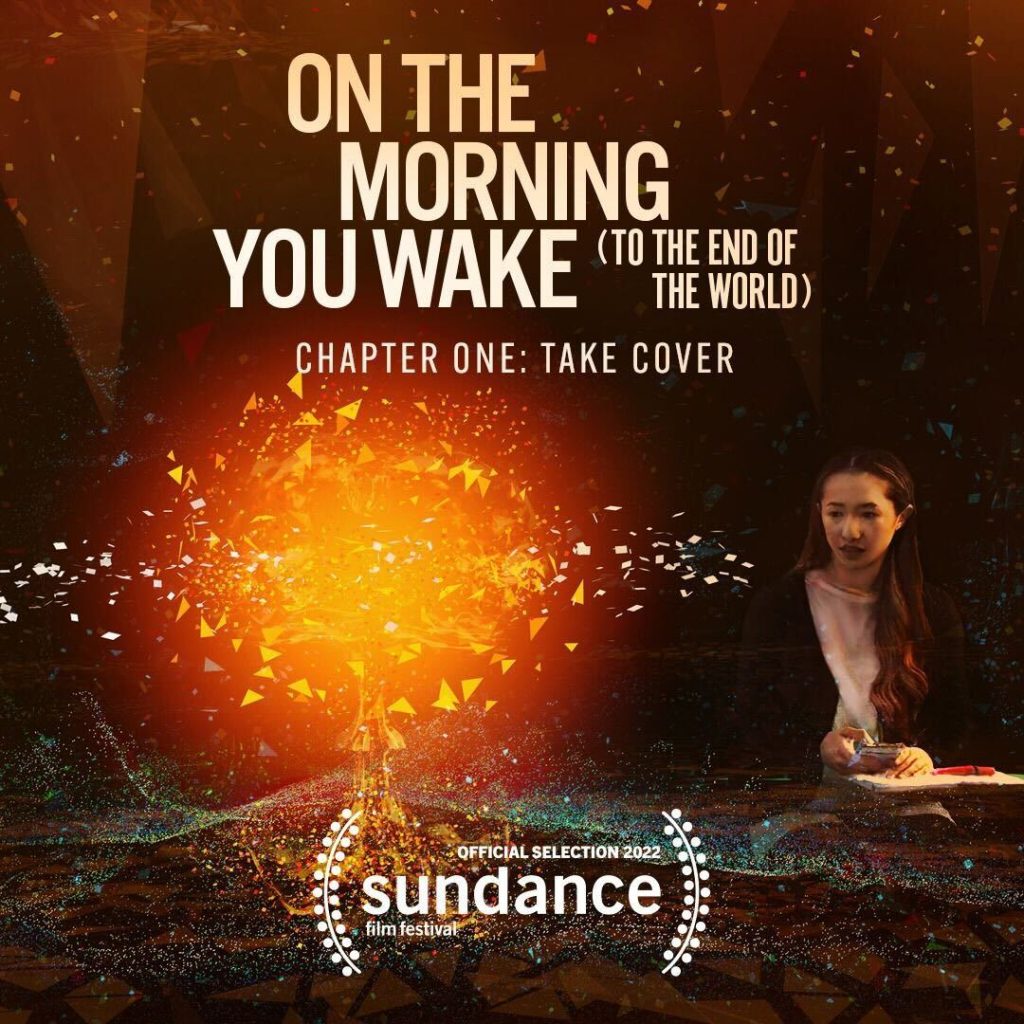
“Coming from a documentary background, Steve and I knew that we had to be led by the testimony of those who experienced the alert first-hand, and we spent nearly a year speaking to dozens of people from across Hawaii who shared their accounts with extraordinary generosity and candor,” Brett continues. “We then spent several months condensing dozens of hours of those interviews into a three-act structure that we felt would best accommodate the range of experiences and perspectives we had heard.”
From the audio, Brett and his team then began to determine the parameters of the world we see and hear within the VR film. Absolutely everything reflects a decision they made. “I guess the single most important factor in determining the audience’s perspective in the project was the fact that we knew it needed to be grounded in the first-person testimony of those that experienced the missile alert. So, the majority of the opening scenes are dramatized at a 1:1 room scale, making the user feel present in the moment and the space.”
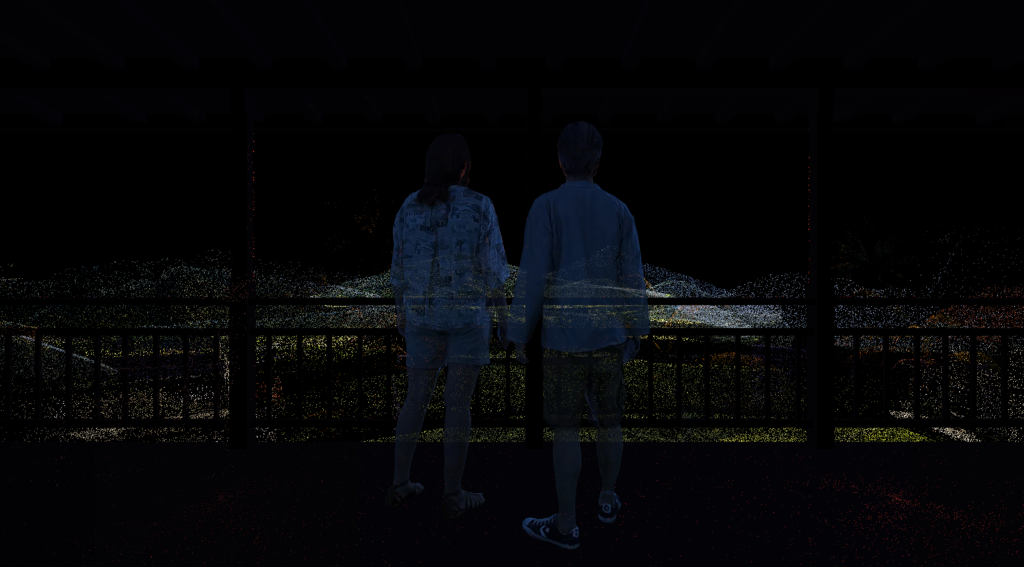
“As the experience progresses we do sometimes shift perspective toward a more global view,” he continues, “as we start to understand more about how this missile alert is, unfortunately, far less of a freak accident than we would like to believe, and very much determined by globalized and interconnected military-political structures.” Through this perspective change, Brett intends to address the fact that today, urgency over a nuclear threat has diminished because—for many citizens—the sense of danger is simply impossible to comprehend because of its vastness or abstractness.

“By expanding the user’s perspective and allowing them to see how deeply embedded the events of 13 January 2018 are in ongoing structures of military and colonial violence, our aim was for the audience to feel on a visceral level a direct link between these global systems and the testimony of those who lived through the tangible effects of them that day,” Brett says.

With collaborators, insight and perspective in place, Brett began to move the production forward. “It probably sounds like—and is—a bit of a cliché, but the nature of producing in VR means that it can feel like you’re trying to drive a speeding train while building the track in front of you,” he says. “In VR, the tools at your disposal not only change throughout the production, but so too do the capabilities of the devices and platforms through which your project will reach its audience.”
“On one hand that’s incredibly exciting, continually opening up creative solutions and possibilities. On the other, it means the number of variables you have to keep in your head when making critical creative decisions can be pretty overwhelming at times,” he continues. Support from their financiers—BFI, Oculus VR for Good and ARTE France—and their team of developers at French studios Atlas V and Novelab allowed them to navigate the VR production pipeline.
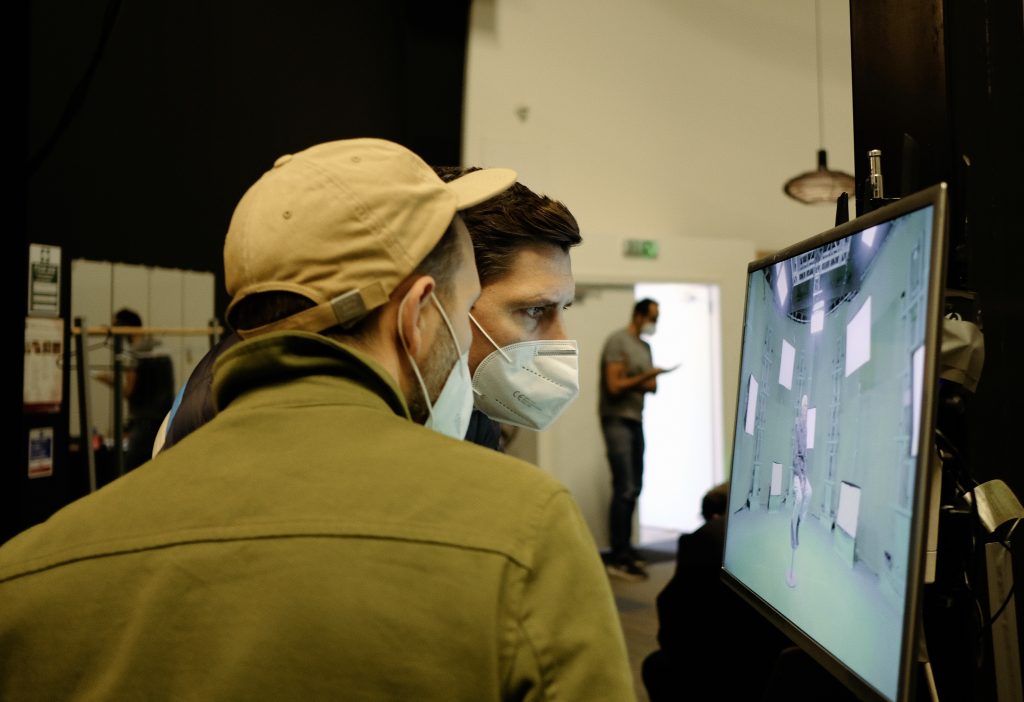
“From the start of the project, we knew we wanted to shoot all of our human characters using photorealistic volumetric capture, allowing audiences to connect with them on a human level as they underwent the life-changing events of 13 January 2018,” Brett says. “That meant shooting each character using an array of 140 cameras and 120 infrared sensors to capture organic, authentic, natural performances. Alongside this approach to the characters, we were very focused on the importance of creating a point cloud/particle-based art direction as a means of referencing atomic scale.”

During the VR experience, “there’s a dramatic shift in the visual identity of the environment around the user at the precise moment that the missile alert is received by people across the islands. We always referred to this part of the experience as our ‘loss of cabin pressure’ moment, when the floor suddenly drops from beneath us, our perceived reality crumbles and the photo-real environments and characters dissolve, giving way to a spectral, point cloud-based art direction.” It’s a powerful, metaphoric transformation that could only be enacted through the comprehensive visual experience in this medium.

Regarding the breadth of the world, Brett adds, “The creation of those environments was an iterative process over many months, as the dev team worked incredibly hard to optimize the number, shape, movement and brightness of the points. The result is the rendering of a kind of ghostly, otherworldly dimension—a virtual space that reminds us the threat of deadly nuclear conflict lies, barely visible to most of us, just under the surface of our everyday lives.”
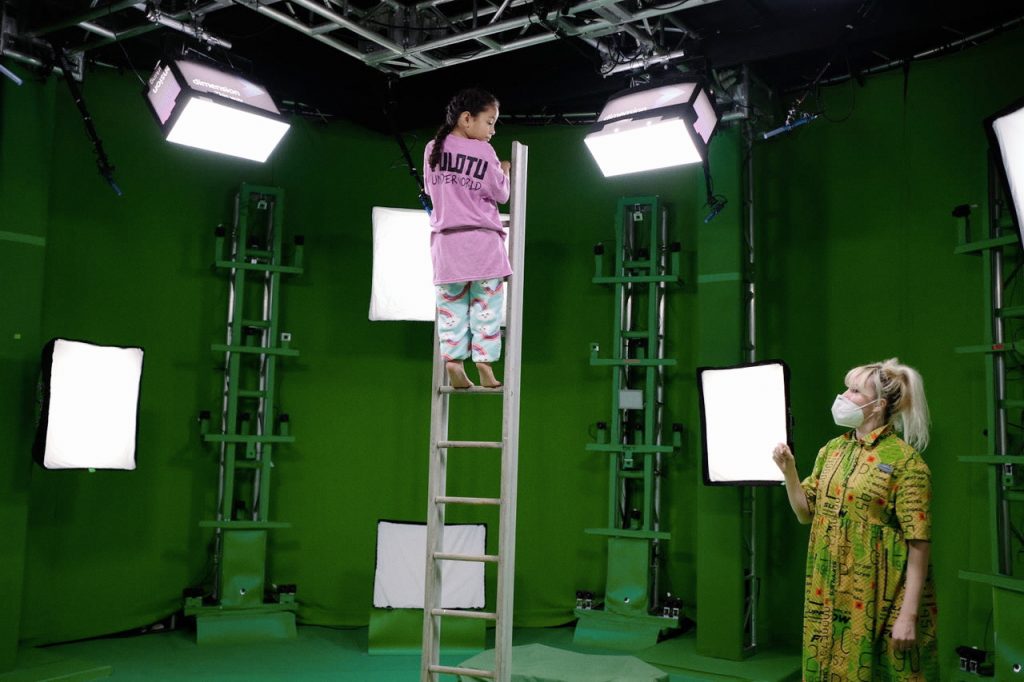
As Brett mentioned, two chapters will be released in the future. “We’re really excited about how the three-act structure of the piece allows us such dramatic potential both to explore the false missile alert of 2018 through the eyes of those who experienced it first-hand, and also to place those events into the wider context of the global security crisis we’re all now facing,” he says.

Though the following episodes will contain the same amount of emotional gravity, Brett offers a sense of hope. “We really wanted to avoid leaving audiences with the sense of nihilism or helplessness that so many works in the nuclear space have engendered in the past,” he says. “Instead, we want our audiences to experience a truly galvanizing moment when they remove their headsets. In the memorable words of our co-writer Dr Jamaica Heolimeleikalani Osorio, it’s our hope that, if we have the courage and the conviction to stand together and make a change, then ‘maybe, just maybe, the world may not have to end again tomorrow.'”
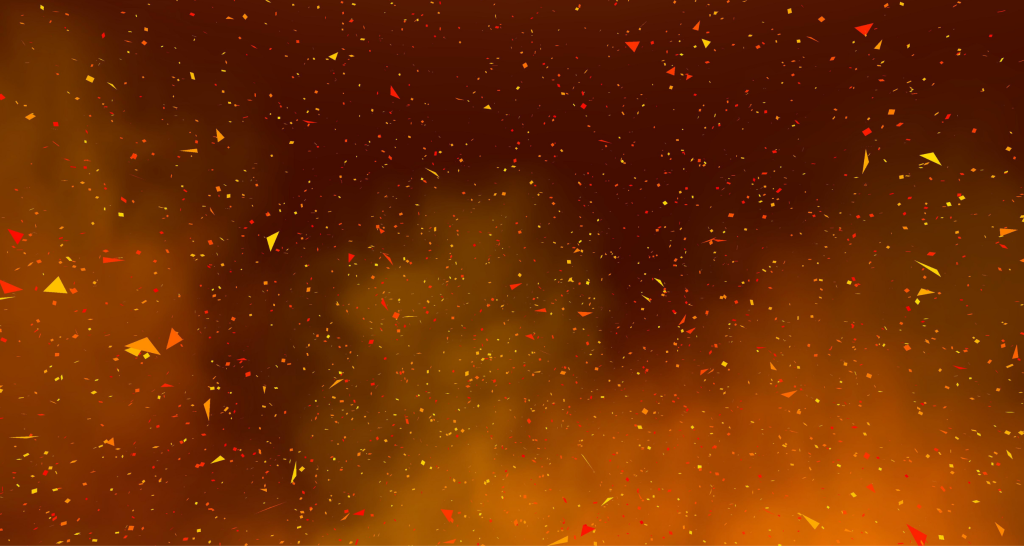
None of this would have been possible without the entire confluence of talent involved. “The result has been a genuine work of blended authorship, where no single creator could or should lay claim to the final artistic output—auteur theory sucks—but all of us can hopefully feel a real sense of ownership and investment in the project,” Brett adds.
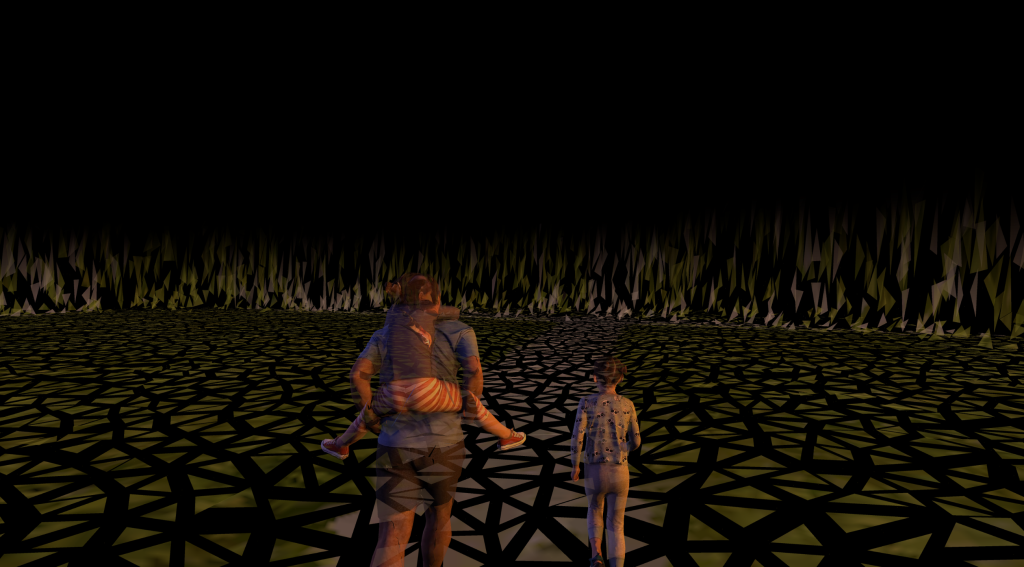
“In a world of an increasingly corporate and homogenized media,” Brett says, “it’s so crucial that we continue carving out space for new, unexpected and truthful voices and perspectives.” Archer’s Mark turns 15 years old this year and the next 15 (and beyond) will only strengthen this mission.
Images courtesy of Archer’s Mark, Atlas V and the Sundance Institute












